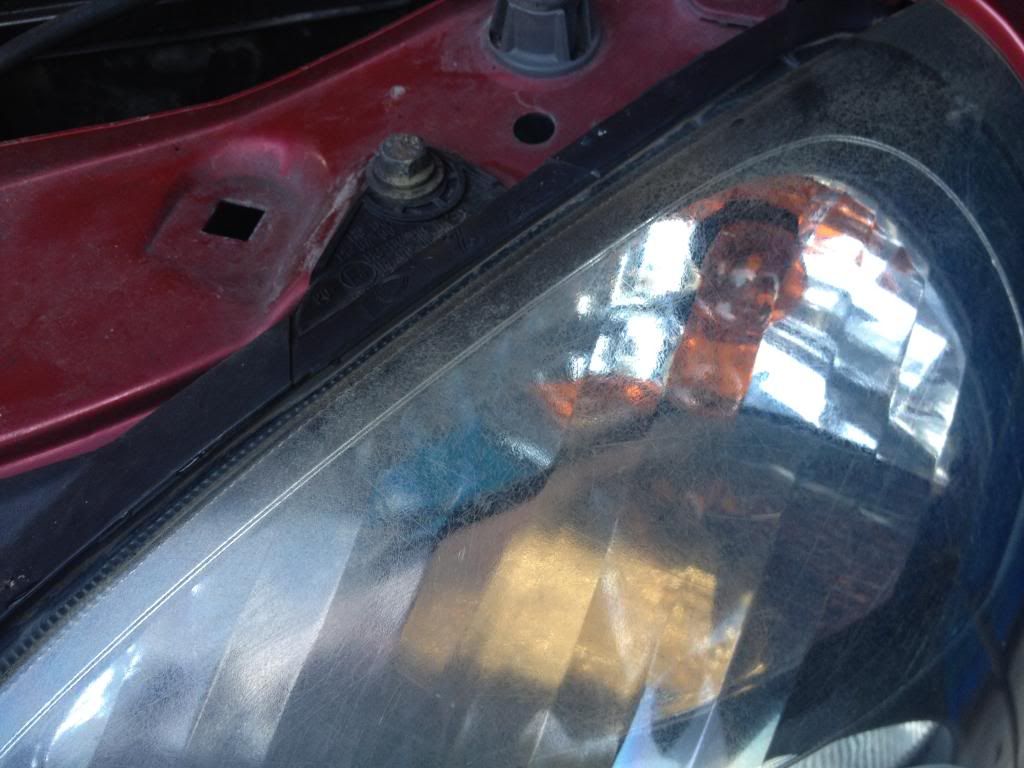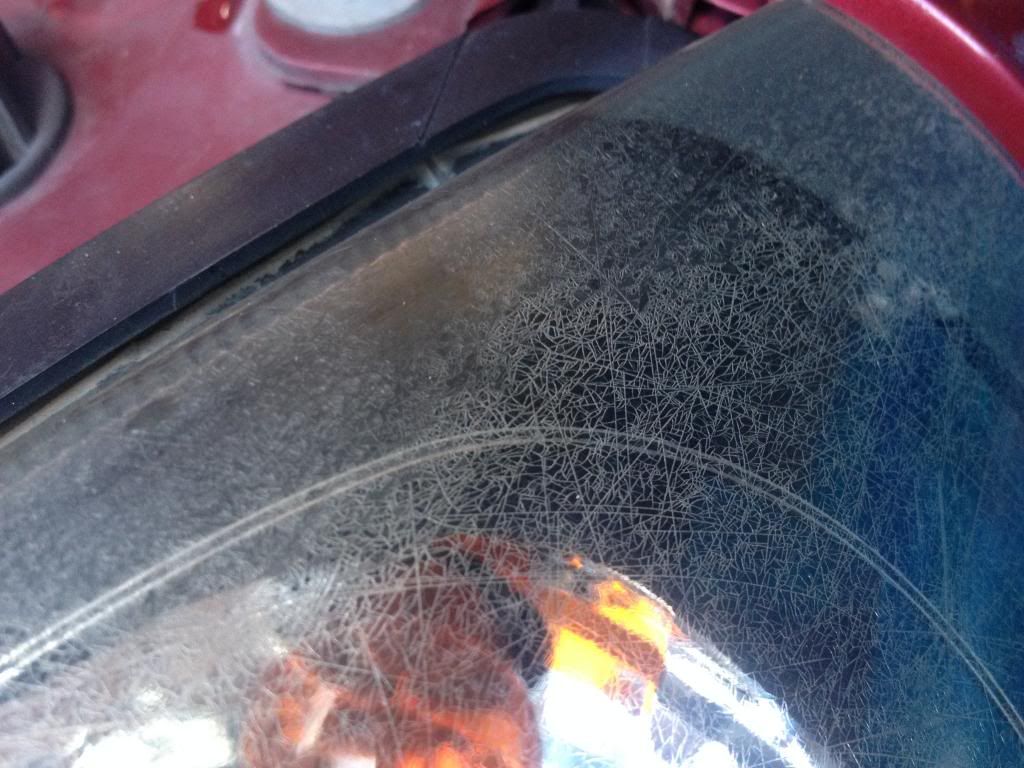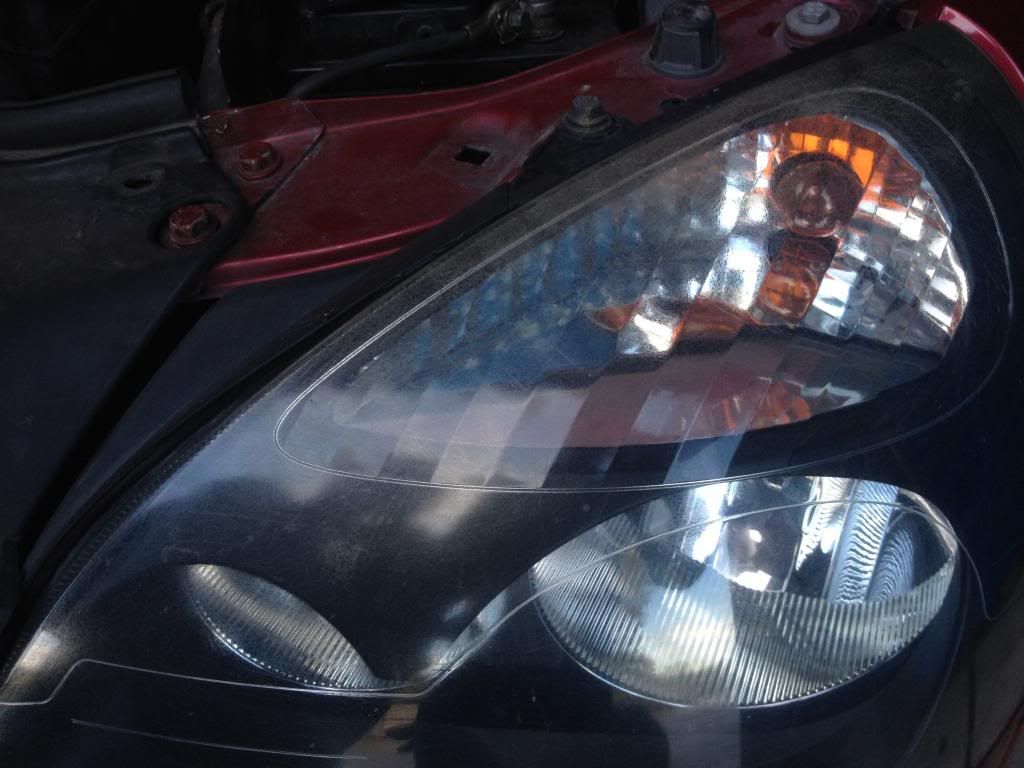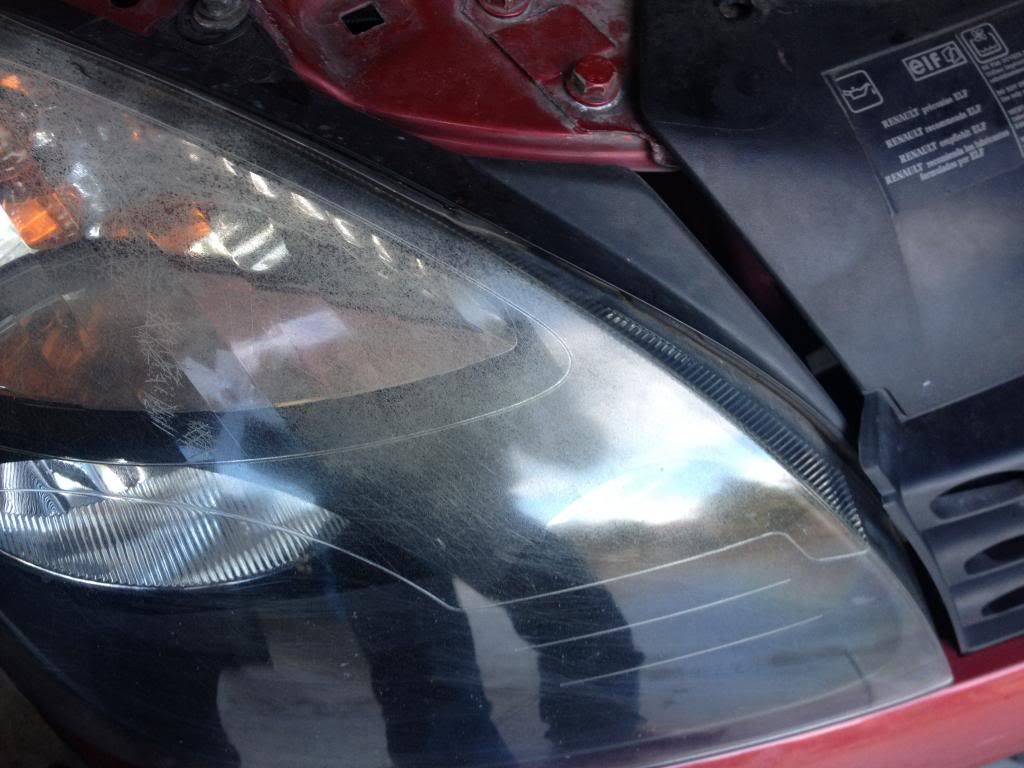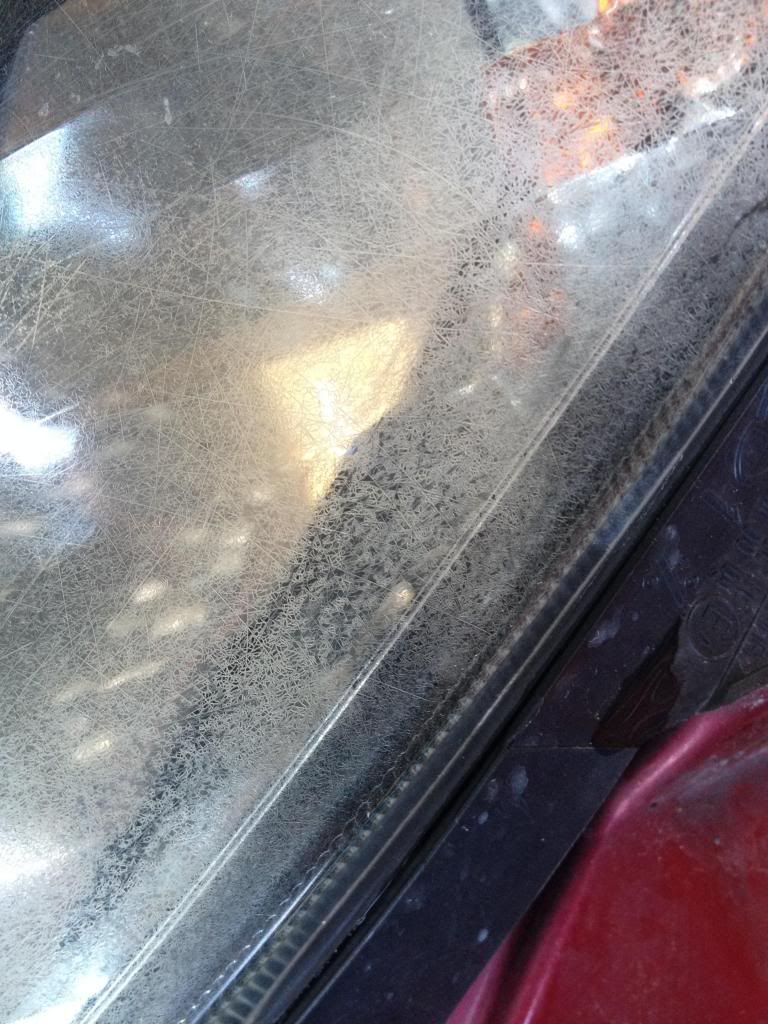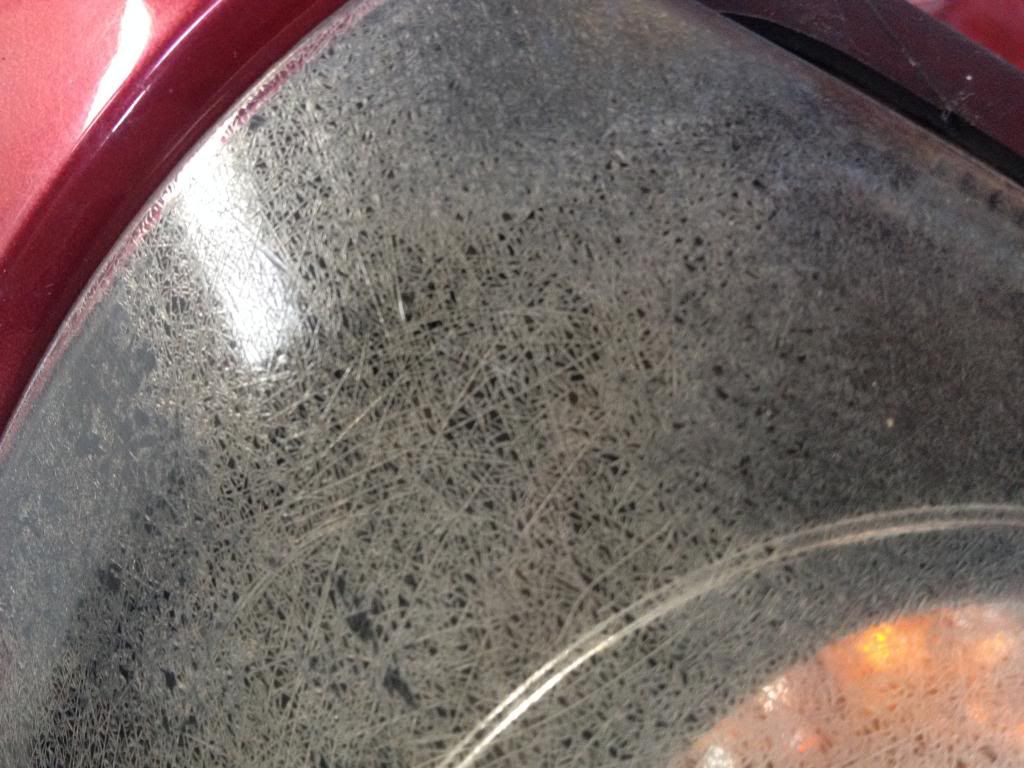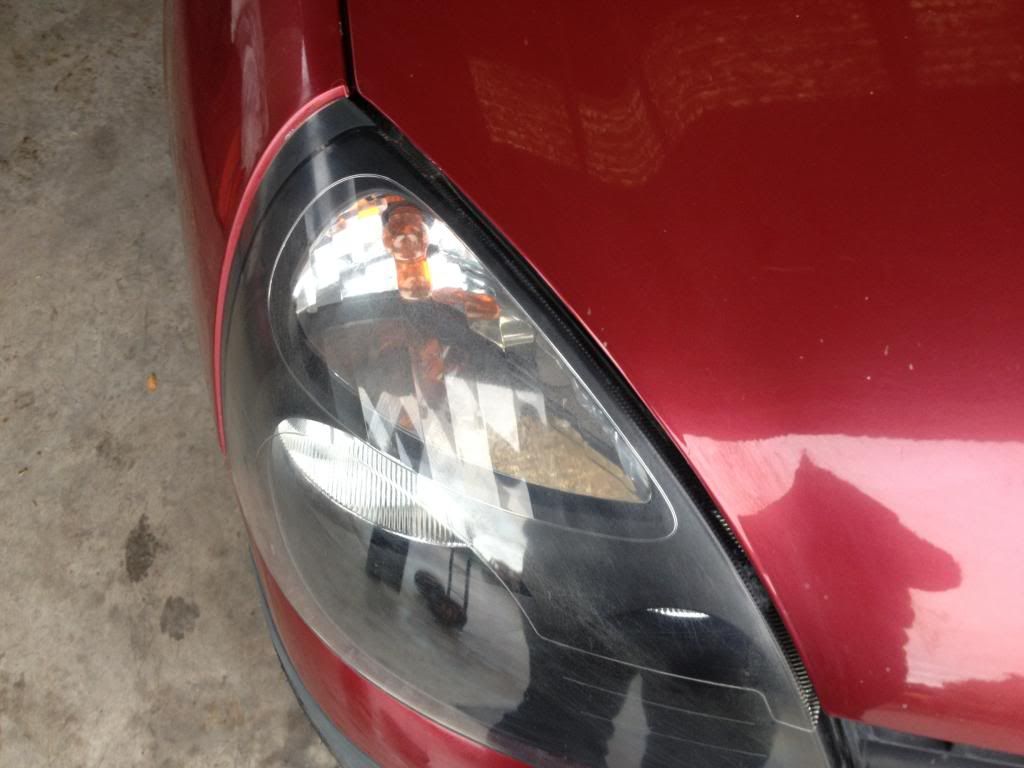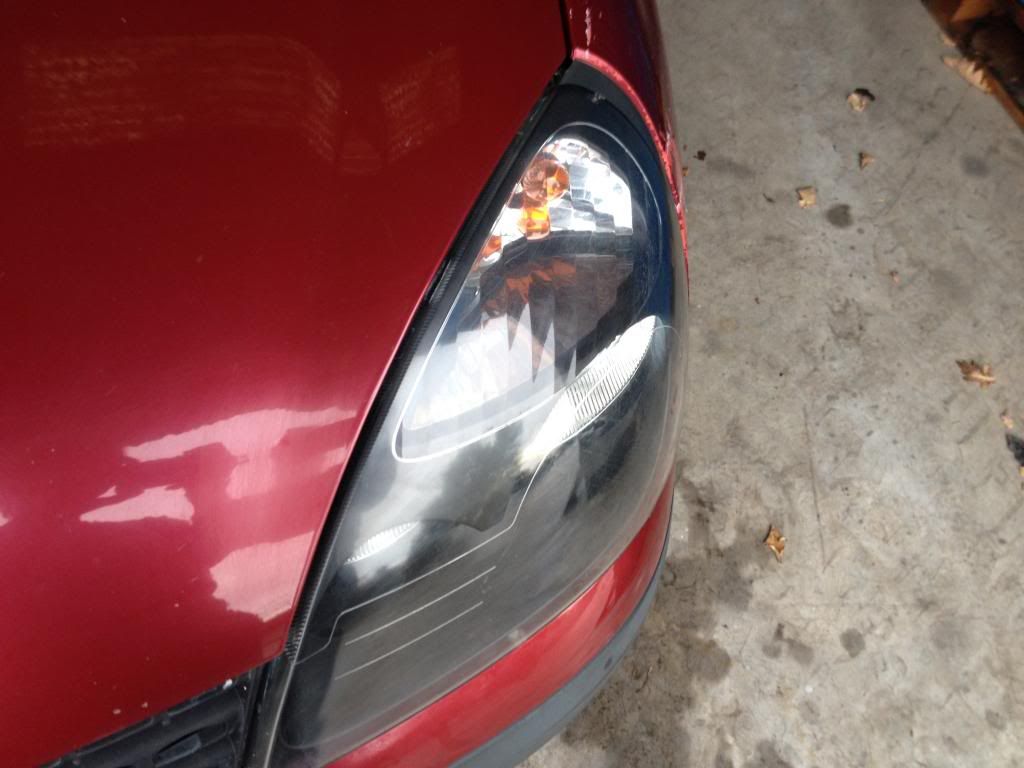I do headlight restoration like these.
Various grades sandpaper, then mild compound at various speeds through worked through a machine polisher with various pads, then once done I use a patented UV Polycarbon coating which is placed over the lens to protect it.
Why do headlamp lenses fade?
The main reason headlamp lenses begin to opaque/yellow/cloud/fog/ is due to their interaction with ultra-violet (UV) radiation. The plastic trim/moulding on your car fades for the same reason. There are certainly other factors that contribute to lens degradation to include exposure to exhaust, extreme temperatures, salt, grime, oil, acid rain, etc., but the biggest culprit is UV light. The constant exposure of the lens to the elements leaves it looking pretty bad, to say the least.
Headlamp lenses are made of polycarbonate and, at their heart, consist of carbon-oxygen and carbon-hydrogen bonds. Polycarbonate offers great advantages as a lens material as it is light weight, moldable, cheap, etc., but also has its disadvantages as stated above. The physical reason for the lens degradation has to do with the fact that the energy of UV radiation is close to the disassociation energy of the chemical bonds – hence, over long periods of time, the UV radiation causes the bonds in the polymer to ‘disassociate’…and this leads to oxidation. To protect headlamp lenses from fading, manufacturers typically apply a coating to the lens – a hard, scratch-resistant, UV protected layer. Lenses that are exposed to sunlight (and the elements) for long periods of time, however, will eventually occlude as this protective coating starts to fail.
Headlamp lenses on most cars that are over 2 years old will undoubtedly show some signs of degradation unless the car is maintained regularly or garage kept. . Situations will arise, however, where the lens suffers from severe damage, due to extensive UV exposure, and, as such, it can not be restored and will need to be replaced.

Here's a passat headlight I did last week.
From:

To:

